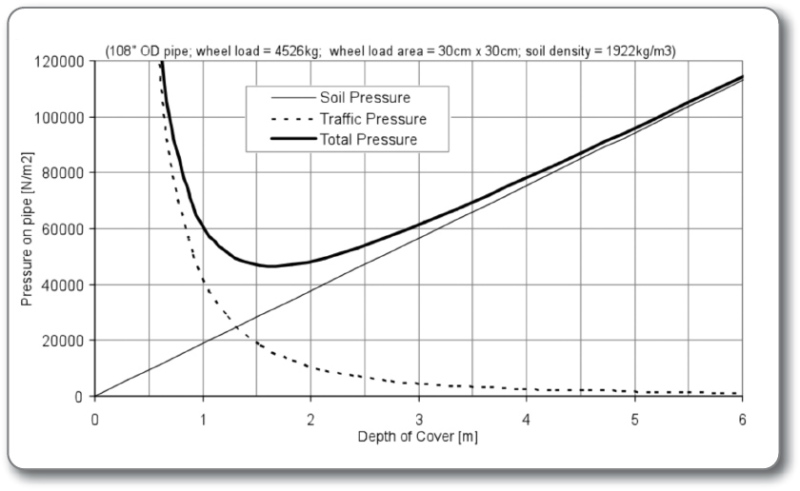TexasPE
Chemical
- Aug 27, 2003
- 32
When doing the dead load and live load calculations on a pipeline road crossing a client wants to go 15 deep and bore a 12" nominal pipe under a Txdot FM road. An old 2001 guideline I have from ASCE/FEMA study has a table that shows there is no live load influence on AASHTO H-20 truck at below 8 ft for a vehicle road crossing. Yet my version 7 of API makes no mention of not having to calculate any stresses at burial depths below this depth. Of course the charts dont have lines for h below 10 ft and it states not to extrapolate

